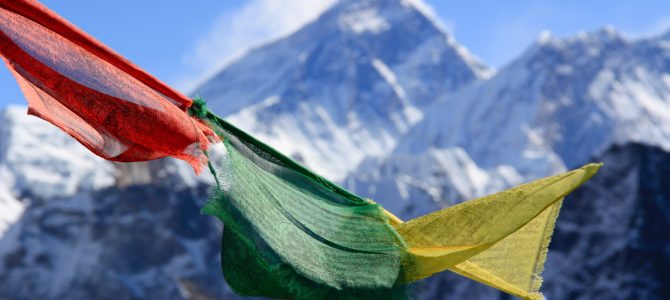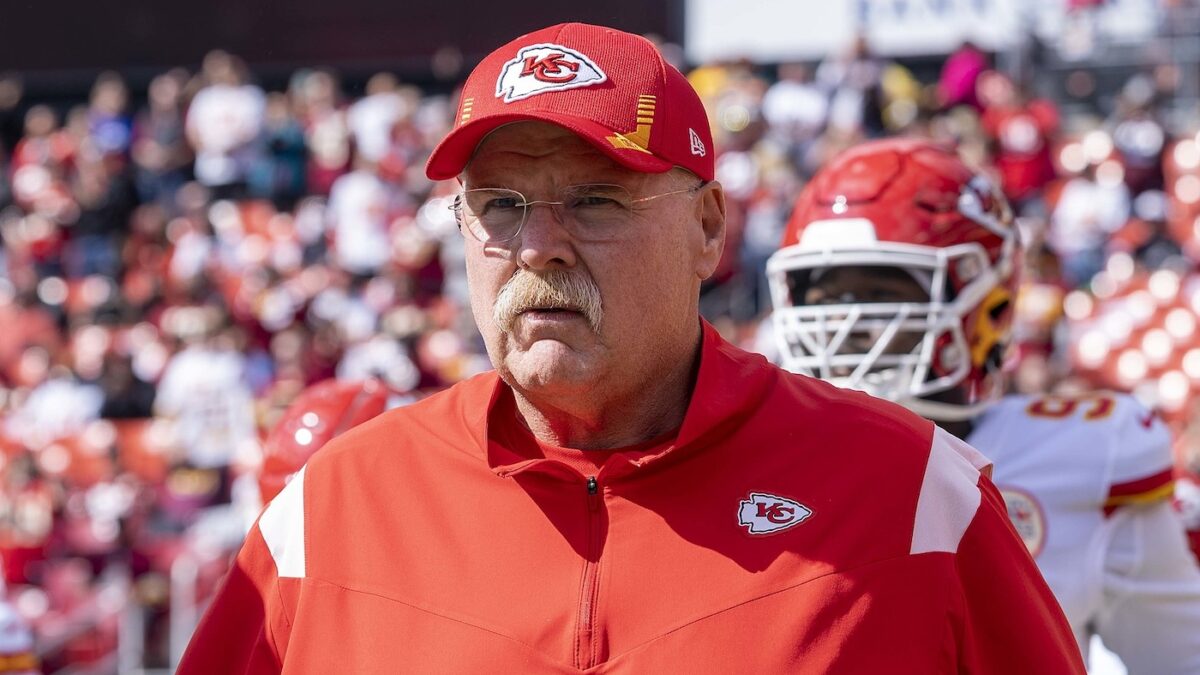
When did a monumental achievement in human history become just another bumper sticker on a rich guy’s car? When it goes from something never done before to something any reasonably fit person can pay people to help him do.
Climbing Mount Everest was once something that set two brave men apart from the rest of humanity. More and more, it has become just another Instagram opportunity for people with too much money and not enough original ideas. Imitating great men can never be the same as greatness itself. Don’t climb Everest. It’s a dangerous waste of time and money.
Over-Seeking Specialness
Everybody wants to feel special. All human beings, to a greater or lesser degree, have the drive to succeed. Some never act on it, and most are content with an ordinary level of success. But others need to stand out and be recognized as greater than their fellows. Once, great men went to war to prove their worth. As civilization grew and offered less-deadly methods of achievement, the would-be great men took to business or the arts. These days, many find their worth in sports and entertainment.
The desire is perfectly natural, and if mountain climbing is your thing, climbing the highest mountain makes some sense. But there has been an inflation in what is considered “the best.” When Edmund Hillary and Tenzing Norgay summited Mount Everest in 1953, they did what no one had done before. Hillary became a household name—Hillary Clinton once claimed, inaccurately, to have been named for him. History ignored Norgay’s contributions at first, but this was eventually rectified.
Hillary and Norgay were not the first to attempt to climb the highest mountain in the world, which makes their feat all the more impressive. Since it was established by British surveys to be the world’s highest mountain in 1852, Everest naturally attracted the sort of men who wanted to be the best. Being the first to achieve the goal proved that Hillary and Norgay were exactly that.
But doing it first is part of what makes them the best. The achievement itself is superlative, but figuring out just how to do it is a part of what made it great. Today the path to the summit of Everest is well worn, as this now-famous photo by Nirmal Purja shows. That was not the case when Hillary and Norgay reached the peak. They had to figure out how to get there, blazing a trail in a place where a mistake in judgment could have meant their death (13 climbers had died in previous unsuccessful attempts).
#ProjectPossible update. I summited Everest at 0530 and Lhotse at 1545 despite heavy traffic. I am now at Makalu base camp. Will be going directly for summit push from base camp. I will update once Makalu is complete. Thank you for my support especially my sponsors. pic.twitter.com/mAiLTryEln
— Nirmal Purja MBE (@nimsdai) May 23, 2019
Four more men climbed Everest in 1956: Jürg Marmet, Ernst Schmied, Dölf Reist, and Hansruedi von Gunten. They may still be famous in their home nation of Switzerland, or among mountaineers, but the drop in recognition from first place to third is staggering. Even for what was still a rare achievement, doing it first mattered.
Now There Are Traffic Jams on Everest
Since then, the numbers have skyrocketed, including many climbers who are more dilettante than expert. By 1980, 112 people had reached the zenith. By 1990, it was 356. As the new century began, the total reached 1,308. The most recent count, according to the Himalayan Database, reveals that, as of 2018, between 9,044 and 9,061 people have reached the top of Mount Everest (some claims are disputed).
Wikipedia has a list of people who climbed Everest in the 20th century. The corresponding list for the 21st century does not exist, nor is it likely to any time soon. Something roughly 700 or 800 people do each year is just not that notable.
At the same time, climbing Everest remains quite difficult and dangerous. Three hundred and eighteen climbers have died in the attempt. That is not a thing of the past, either—the most recent death was this week. As the significance of climbing Everest declines in the popular mind, the danger of it remains. Doing something dangerous that no one has ever done—that is the path to glory. Doing something dangerous after waiting in line with hundreds of other people? It’s interesting, but far from superlative.
A similar trend can be seen among other historic firsts. When Pheidippides ran from Marathon to Athens in 490 BC to spread word of the Greek victory over the Persians that day, it was considered a great feat. He also died immediately afterward, highlighting the danger involved. Immortalized in poems, the 26-mile distance formed the basis for the race of the same name when the modern Olympics began in 1896. Completing a marathon was the mark of an elite long-distance runner. Only eight runners finished the 1896 event, with Spyridon Louis of Greece taking the gold medal.
Today, these races are run all over the world, with more than half a million marathons being run each year in the United States alone. If you think running is a good form of exercise, there are many opportunities to complete a 26.2-mile trek. You can even slap one of those “26.2” bumper stickers on your Prius. But the completion of the marathon is increasingly normal, and not the remarkable achievement of 1896, let alone 490 BC. Difficult? Certainly. But not superlative.
The quest for greatness is a good thing. It is what pushes humanity to achieve new and better things. And channeling that drive into athletics is also a grand improvement on the ancient proving ground for greatness. But climbing Everest carries the risks without the attendant greatness. Doing it doesn’t achieve greatness, it only imitates it.
Helped along by hired Sherpas and ultra-modern equipment, while littering the slopes with their garbage, the modern summiteer of Everest takes part in a simulacrum of Hillary’s and Norgay’s great achievement. They follow in great men’s footsteps, but it was in making those steps first, in treading where no one had gone before, that Hillary and Norgay earned the recognition they deserved. Reenacting greatness can never be as great as the real thing.









